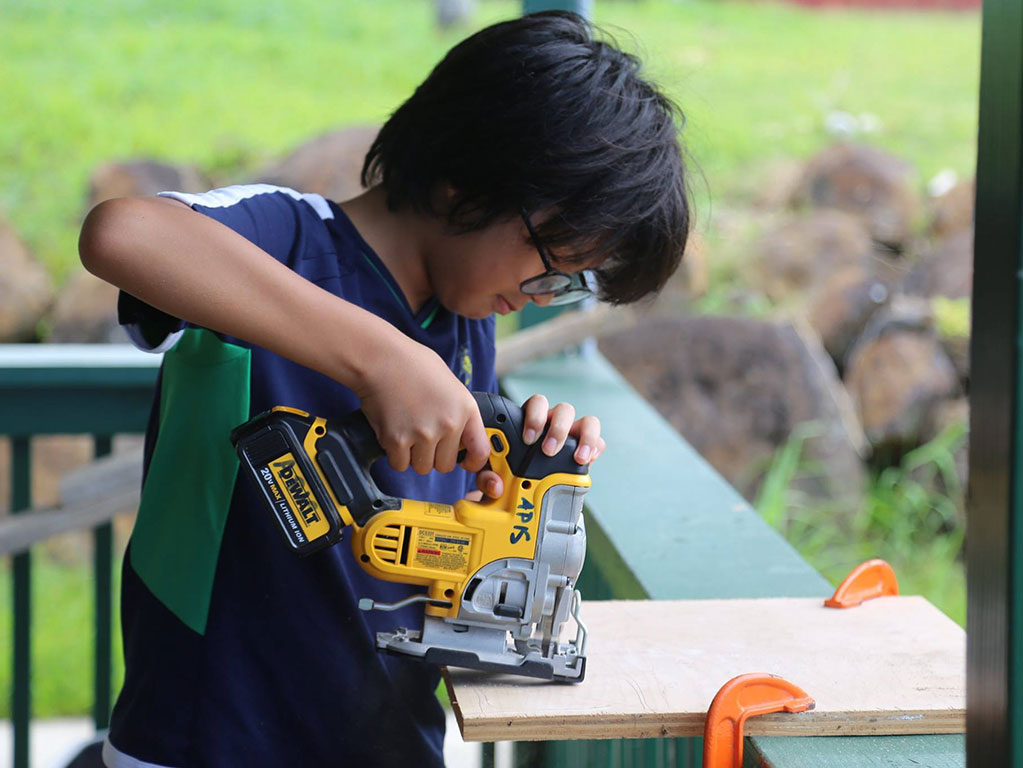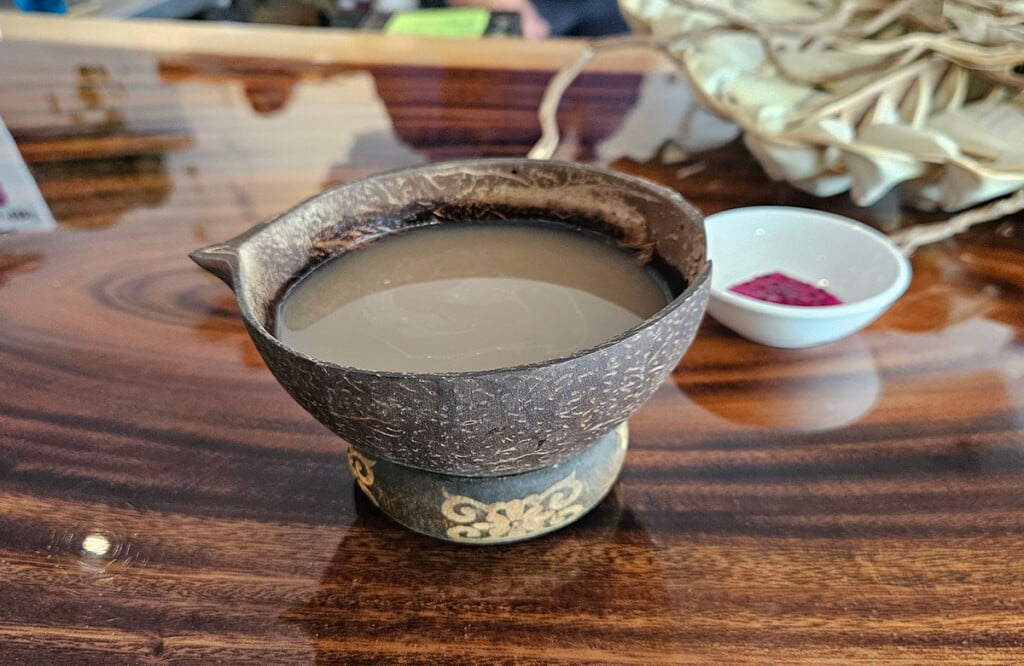Education Cheat Sheet: Passion-Based Learning
How can you encourage learning with little opposition? Follow your childʻs interests.

Photo: Courtesy of Asia Pacific International School
Editor’s Note: In the third grade, my friends wanted to be firefighters, police officer, chefs and teachers. I wanted to be in advertising. I have the career day folder to prove it. I believe my love for splashy ads started when I was 4. My mom says I used to sit in front of the television and point at every commercial—it didn’t matter if it was promoting Tylenol or toys— and say, “I think I want that.” Later, I learned that my real passion was for communication and performance, leading to studies in journalism and theater, and a career in broadcast news and magazines. Today, following a child’s passions has become a key movement in education. Asia Pacific International School’s Scott Paulin takes a closer look.
When I went to school in the 1980’s, almost everything was designed by and orchestrated by my teachers—from what learning activities I was assigned each day to where I sat in class. When the bell rang, I moved from one subject to the next and waited to be told what to do again. It was mostly outside of school that I experienced the need to think for myself and make decisions on my own.
While this didn’t relegate me to a lifetime of drudgery in some mindless factory job, I had to develop a lot of independent-thinking skills later in life, during college and on the job. Wouldn’t it be great if our kids were empowered to think for themselves as early as elementary school?
One of the ways schools can begin to foster independent-learning skills in students is to seek out opportunities for students to explore their interests and apply their learning in the context of projects they are passionate about pursuing. At APIS Hawai‘i, every Wednesday afternoon students and teachers have the final two-and-a-half hours of the day to engage in Lifelong Learning Time (LLT). Students and teachers partner to create projects that interest and challenge them to learn something completely new. LLT is part of a commitment to fostering student curiosity and independence through learning that takes students outside the boundaries of the classroom.
“We always talk, as teachers, about how education should be lifelong and classroom education does not always demonstrate this type of learning,” says Dean of Students Christopher Stapleton. “In LLT, students get to really take control of their own learning.”
Examples of student projects include coding, building trails and a campsite, filmmaking, computer animation, robotics, electronics, script writing, woodworking, app design, gardening, cooking, photography, surfing, painting and visual arts.
Experience in a certain area is not a prerequisite for choosing an LLT project. Never made homemade ravioli? No problem. Sixth grader Hannah practiced Italian cuisine then made a feast for the whole school. Eighth grader Soleil used one six-week session in the fall to become CPR/First Aid certified.*
At the end of the six-week period, students and staff share their learning at a celebration with all students, parents, and staff. Last semester, eighth grade student, John, shared the film he directed, filmed, and edited with APIS Hawai‘i music teacher Andy Peeler.
“It’s not like the answer was always right there, you’ve got to search for it,” John said. “We got close and learned together.”
PARENT HOMEWORK
There are many very positive, structured activities you can have your child participate in, from sports teams, to music or dance lessons. But it’s important to also leave room for your child to explore his or her interests in less structured formats as well.
- Observe your child at play, ask open-ended questions and listen when your child shares his or her dreams.
- Give your child the opportunity to tinker: let your child build things and take things apart. Got an old, broken household appliance lying around? Let your child open it up to see what’s inside.
- Help your child develop optimism through pointing out the positives in life and helping your child view small failures as learning opportunities. Optimistic kids are more willing to take healthy risks, are better problem-solvers and experience positive relationships.
- Encourage your child to play and pursue things that interest him or her rather than push the activities that interest you. You can’t predict where your child will end up and pushing toward your passions or talents won’t guarantee happiness or success.
- Take an interest in what your child is passionate in pursuing. Nothing motivates a child more than to see their interests validated by the caring adults in their life.
Scott Paulin is the deputy head of academics at Asia Pacific International School, an independent college-prepatory school for students in kindergarten through 12th grade located on O‘ahu’s North Shore. He has worked as an administrator in both public and private schools in California, Korea, and Hawai‘i. You can reach him at spaulin@apishawaii.org, follow his blog at, scottpaulinbrokenshorelines.com, or learn more about Asia Pacific International School at apishawaii.org.
*Some of the content of this article was contributed by Matthew Manley, humanities teacher at APIS.








